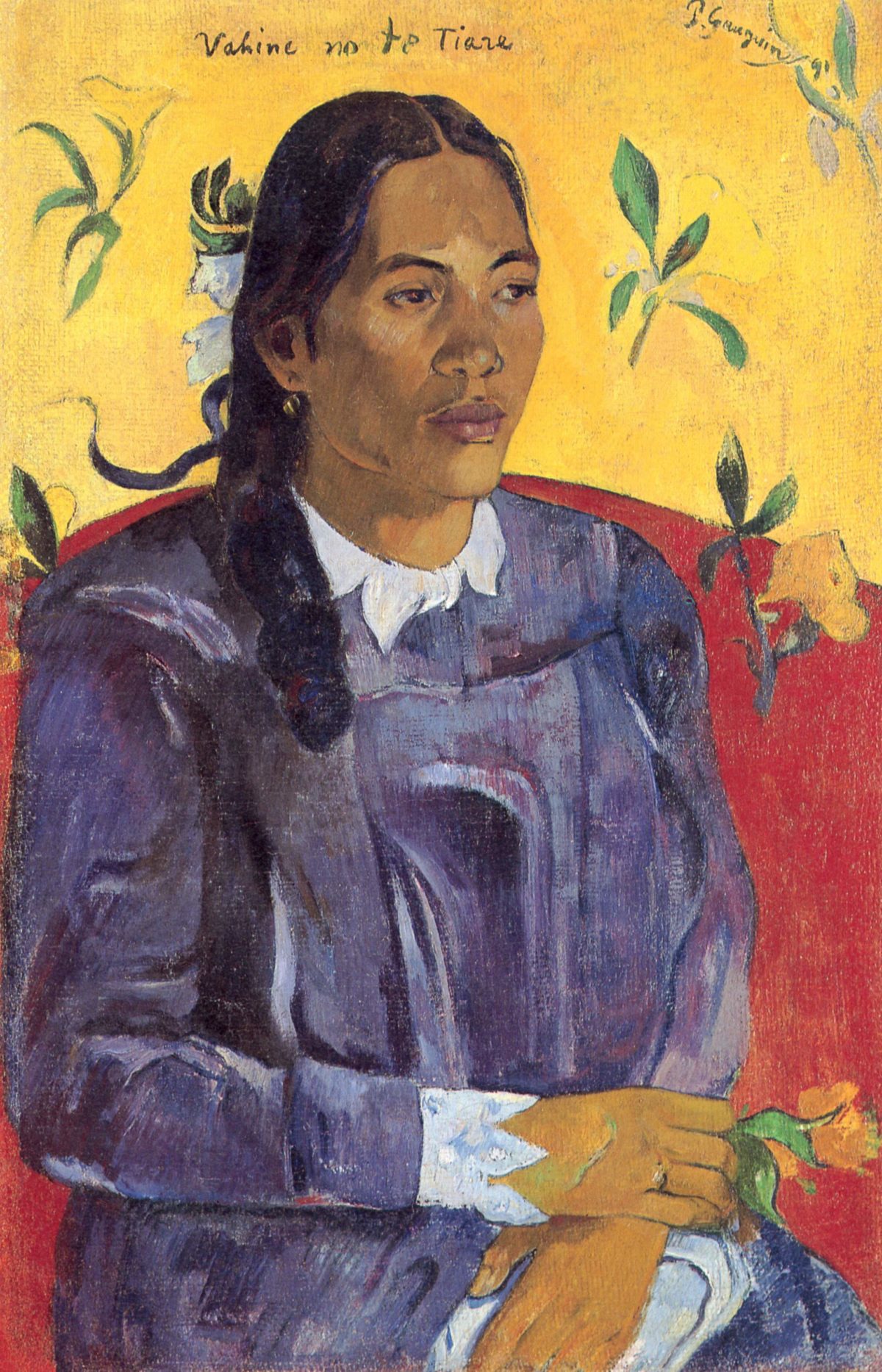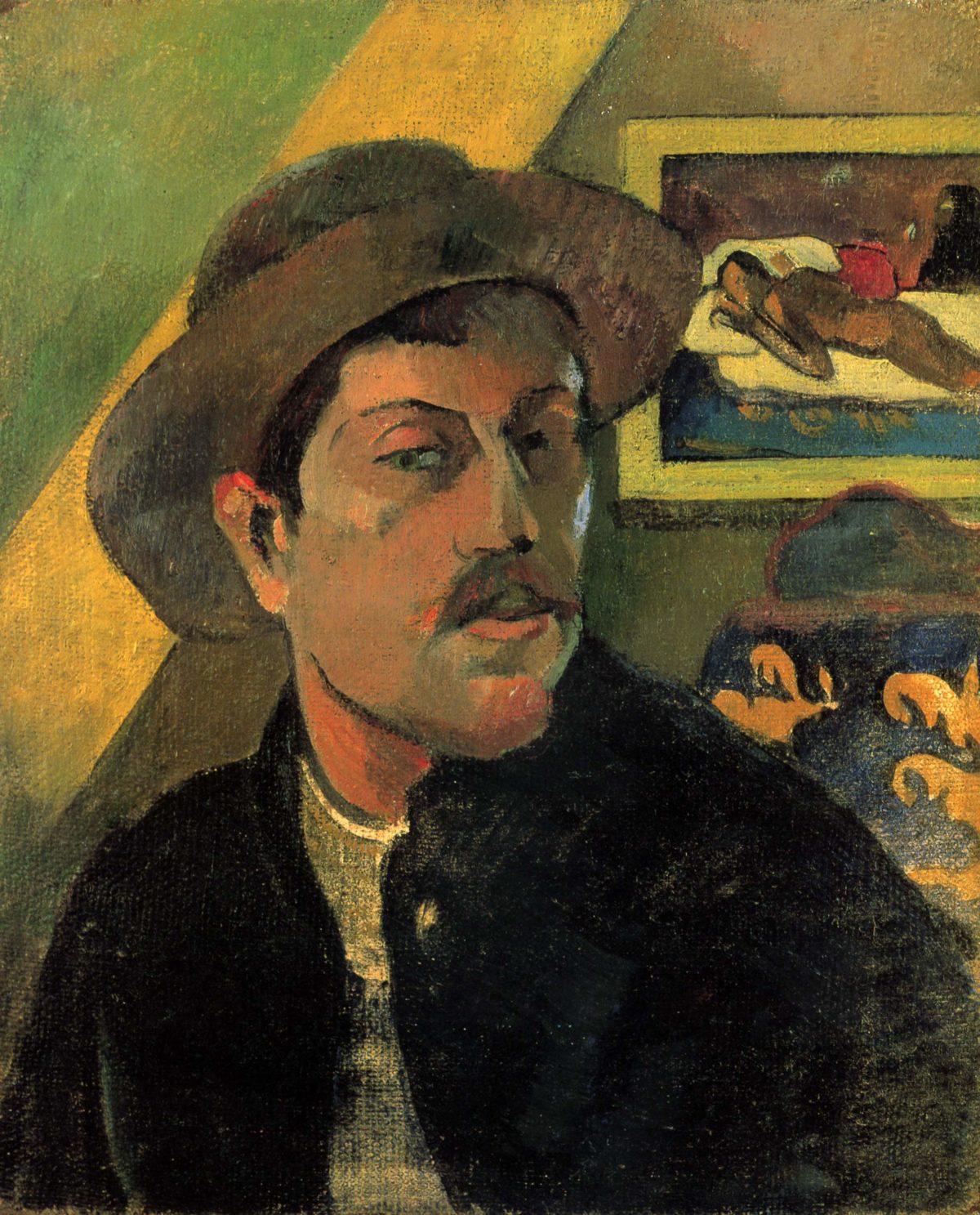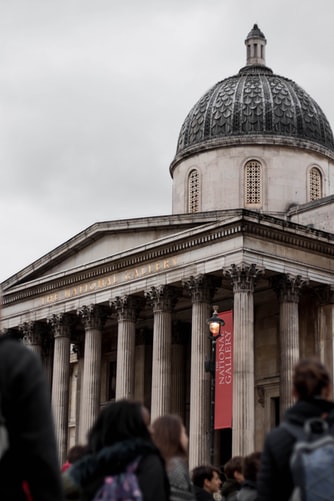Paul Gauguin’s revolutionary portraits

Paul Gauguin is one of the major voices of French post-Impressionism. Public recognition of his talent came posthumously with an exhibition of his work in Paris in 1906.
Appreciated by Pablo Picasso and Henry Matisse, in his art he used exaggerated body proportions and geometric designs, referencing the Primitive art of foreign cultures.
He is probably the first European artist to prefer exotic subjects, his paintings of Polynesia are famous worldwide. However, the artist revolutionized the portrait painting as well, capturing the personality of his subjects with an unmistakable style.
Currently, Paul Gauguin’s portraits are displayed for the first time at the National Gallery in London.
Visionary art in Paul Gauguin’s works
Gauguin reinvented the painting of his time with powerful and visionary images. As for his friend Vincent Van Gogh, the anecdotal aspect of his life sometimes dominates his work as an artist.

Today a major exhibition at the National Gallery highlights a less known aspect of his work, his portraits.
In his artistic research, Gauguin reaffirms the fundamental values of painting. His imaginative creativity places him in an opposite relationship with Monet and his supporters. For these, art is inspired by what is tangible and real. Literary and philosophical symbols are set aside for the benefit of what is concrete.
On the other side, Gauguin is a conceptual portraitist. In his representations there is something wild, opposed to any form of academicism. The French artist is an outsider, whose portraits provoke the viewer. Above all, the artist often paints himself in front of his own creations. A narcissistic personality emerges together with a perception of art where the creator is at the center. In Christ in the Garden of Olives (1889), he represents himself as Christ on the eve of his betrayal.
Paul Gauguin’s portraits at the National Gallery
The National Gallery, London displays the first-ever exhibition devoted to the portraits of Paul Gauguin until 26 January 2020. The show includes about fifty artworks among paintings, three-dimensional objects, and drawings from public and private collections worldwide.

In addition, the exhibition highlights the variety of mediums used by Gauguin, emphasizing a particularly voracious expressive need.
This show goes beyond Gauguin’s definition of post-impressionist. Actually, it’s the first time that the French visionary artist receives such an important recognition for having revolutionized portraiture.
The National Gallery in London, in collaboration with the National Gallery of Canada, Ottawa, brings together artworks from different collections. The loans come from major institutions including the Musée d’Orsay in Paris, the National Gallery of Art in Washington DC, and the National Museum of Western Art in Tokyo.
Gauguin is one of those artists about whom people seem to know everything, except the essential. In order to give due recognition to his incredible talent, the National Gallery revisits the artist’s controversial image.
The depth hidden by the vivid colors used by the great French master confirms the historical significance of his imaginary. Gauguin is a precursor of his time. He represents a dreamy, visionary aesthetic destined to influence the most remarkable artists of later generations.